Text and Photos by Henrylito D. Tacio
Some years back, there was this news item about a pop drink, which was a flop in Europe but a big hit in the United States. “It really makes you realize that America is hungry for romance,” says Lari Williams, who’s selling Niagara, a Swedish-made ‘energy drink’ that supposedly gets those who drink it in the mood for love. “If I can help married people bring romance back into the bedroom, then that’s what I want to do.”
The “love potion,” as the press called it, was named after the famous waterfall between the US and Canada. The recent US sales boom has reportedly generated interest in South Africa, Australia, and parts of Asia.
Does it work all the time? “If you’re not already attracted to the person, then it’s not going to work,” William admits. “They have to have the spark there because if you don’t have the spark, it’s not going to ignite.”
If that’s the case, you better return to eating foods. After all, there are many foods that have been used throughout the ages to increase sexual drive. These foods are called aphrodisiacs (the word aphrodisiac comes from Aphrodite, the Greek goddess of love).
Food is an aphrodisiac, but not necessarily for the reasons, you might think. “The psychophysiological reaction that a well-prepared meal can have upon the human organism” is how the Encyclopedia Britannica states it.
“The combination of the various sensuous reactions – the visual satisfaction of the sight of appetizing food, the olfactory stimulation of their pleasing smells and the tactile gratification afforded the oral mechanism by rich, savory dishes – tend to bring on a state of general euphoria conducive to sexual expression,” it adds.
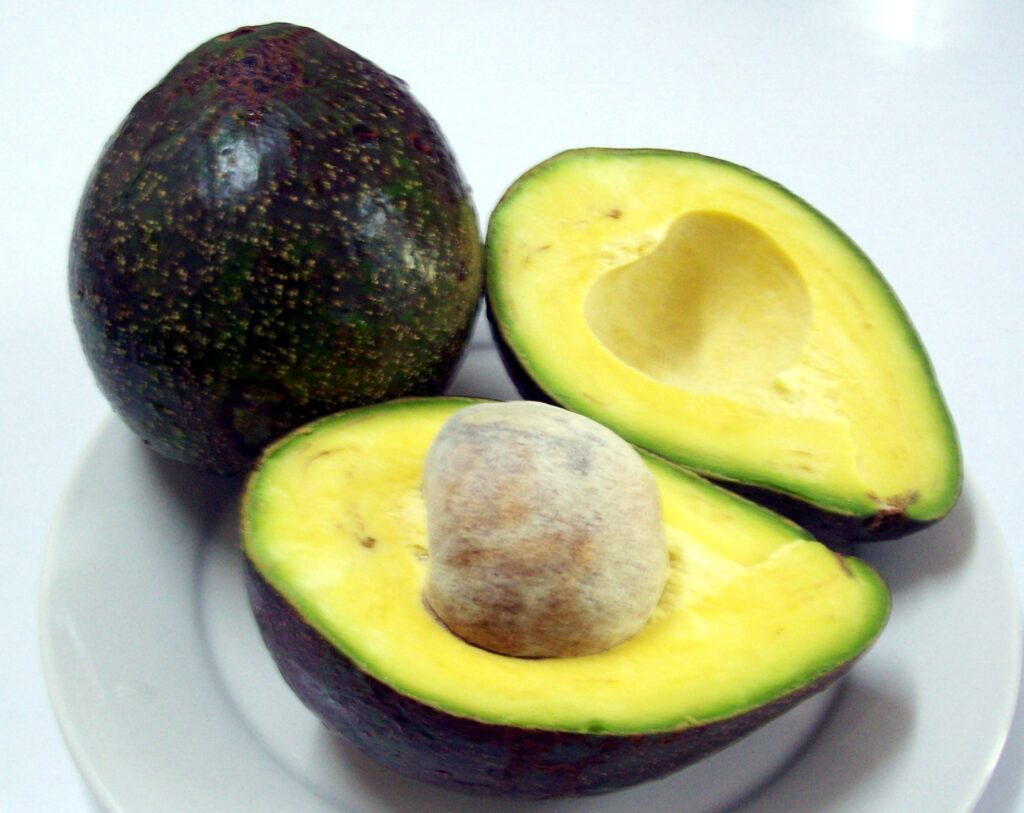
Avocado 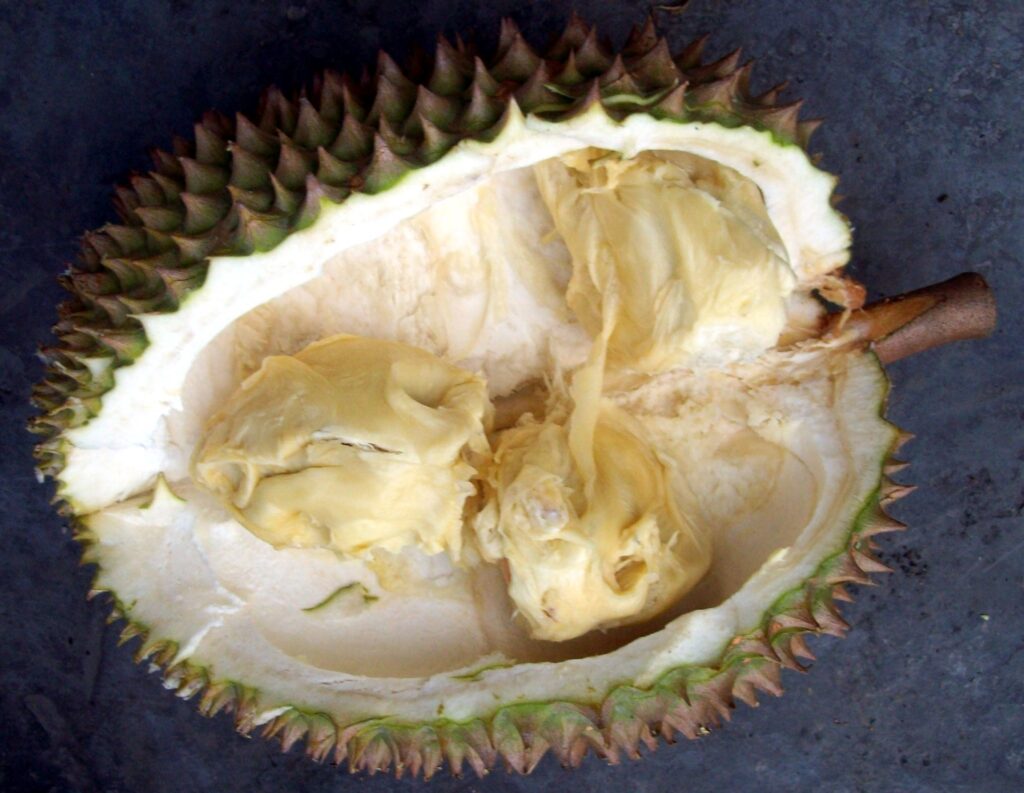
Durian 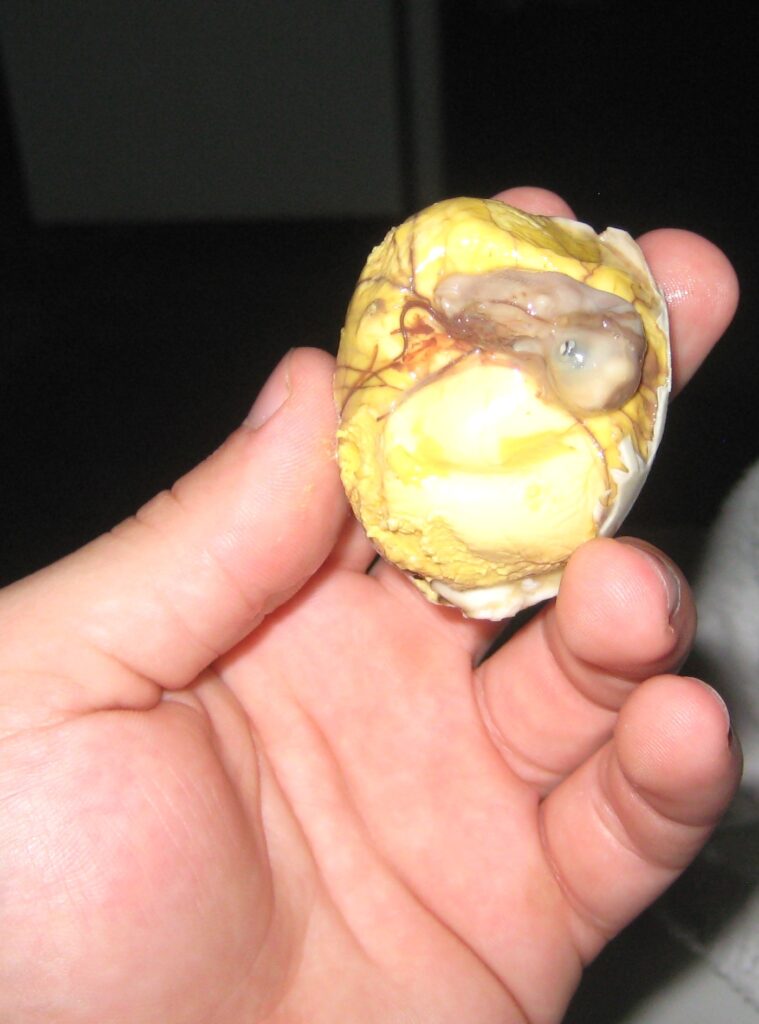
Balut
The truth is that some foods do actually stimulate blood flow and, combined with the look, mouthfeel, and aroma of the food, have been used as aphrodisiacs throughout time. It’s the combination of the senses that create these aphrodisiac qualities.
The following is a partial listing of various foods and beverages purported to have aphrodisiac qualities that result in amorous effects. But a word of caution: There is little scientific evidence to substantiate such claims, most of which are deeply rooted in ancient history and folklore. Nevertheless, it is an interesting list, and you can never be sure.
Chocolates: For so long, chocolates have been popular as the ideal gift for lovers. Two doctors from the New York State Psychiatric Institute, Donald Klein and Michael Leibowitz, made a theory suggesting that chocolate contains a particular chemical called
phenylethylamine (better known as the “love chemical”), which is also present in the brain. Phenylethylamine, an amphetamine-like substance, is the chemical produced in the brain of people who are evidently in the state of love. Love-struck persons produce more of this chemical than people who are not.
Pine nuts: Pine seeds have a reputation throughout the Mediterranean as one of the most effective ways to stimulate libido.
Walnuts: Used by the Romans in fertility rites, walnuts have typically been used to “increase” the desire for romance. In fact, walnuts are also used at some wedding ceremonies instead of rice.
Grapes: The Greek god Dionysus was the god of wine and the god of fertility and procreation – even unfermented grapes have stimulating properties. Many of the most romantic settings throughout history include feeding a lover individual grapes – and for
the most intense relationships, peeling the skin off a grape was done not to enhance the grapes’ stimulating properties – but to show how much care and concern one partner had for the other.
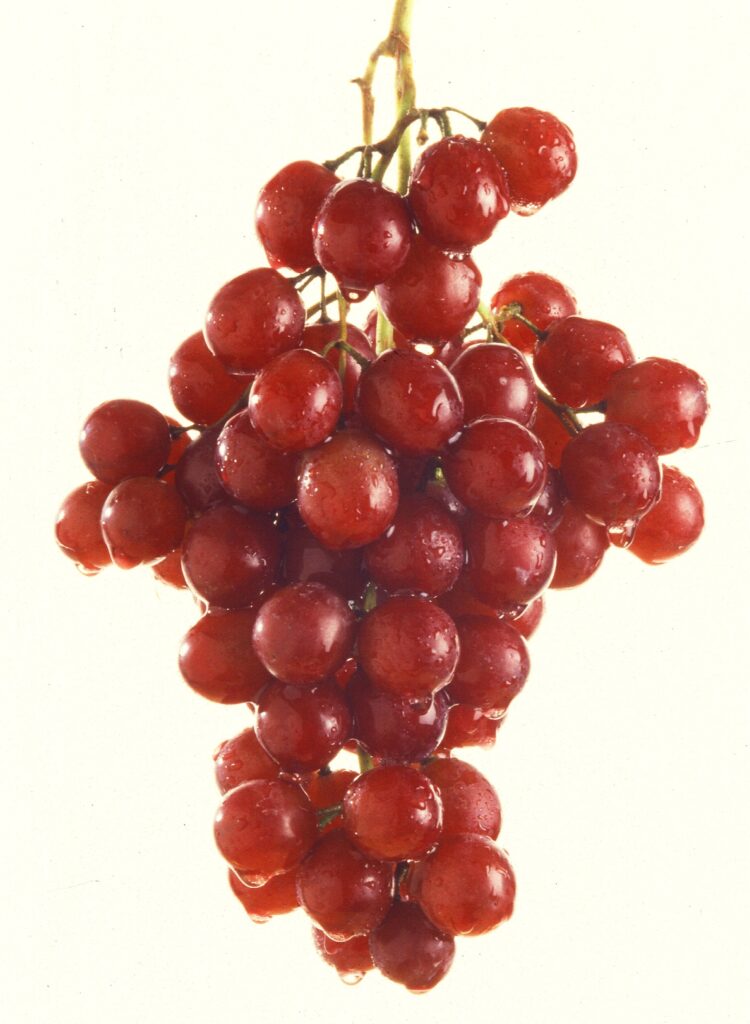
Grapes
Cloves: Chinese literature dating back to the 3rd century B.C. promoted cloves as an aphrodisiac. While many folklore stories focus on cloves having the power to make the man desire the woman, the truth is it is an excellent digestive.
Onions: One of the most celebrated aphrodisiacs, onions have been served to French newlyweds on the morning after their wedding night to restore their libidos, and during the reign of the Pharaohs, Egyptian priests were prohibited from eating them. One rule of thumb about the romantic qualities of onions is that they should never be eaten raw before lovemaking.
Garlic: Used for centuries in Europe and among the Egyptians, Greeks, Romans, Chinese, and Japanese, garlic was one of the most widespread ancient aphrodisiac remedies. It stimulates the secretion of gastric juices, aiding digestion and increasing blood flow.
Ginger: Ginger helps soothe the stomach, and for centuries in England, before modern-day medicines, it was used to help relieve menstrual cramping. Ginger wine was widely thought to be an aphrodisiac as it had the effect of relaxing the smooth muscles of the uterus and intestines.
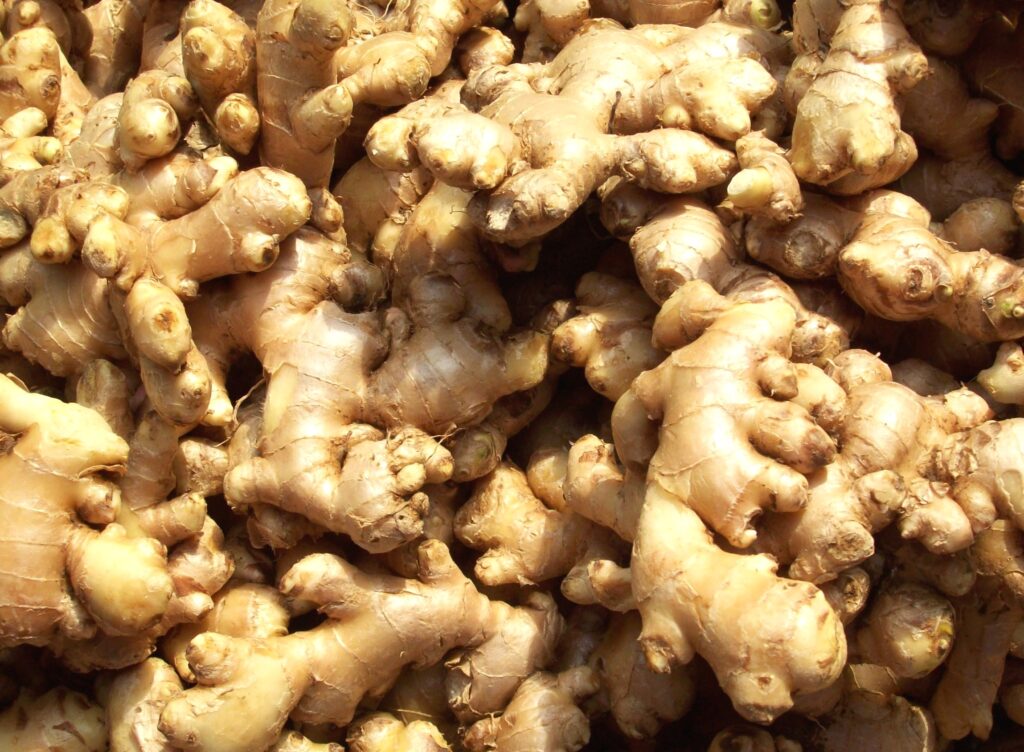
Ginger
Oyster: Always thought of as the aphrodisiac, it gets a lot of its reputation from the ritual of opening them and the mouthfeel of swallowing them whole. The truth is that oysters are rich in zinc and iron. Iron is known for its oxygen transport through our systems, and zinc is an essential element for stimulating our metabolism. Oysters also contain on average 18 micrograms of Vitamin B12 (word of caution: shellfish spoils quickly, so be sure to buy oysters only if the shells are tightly closed. Oysters will show their freshness by “flinching” when you squeeze lemon juice on them). Always buy fresh oysters from reputable retailers, and have them pack them in a plastic bag with ice for you to bring home.
Caviar: Caviar is from the Persian word khav-yar, meaning “cake of strength,” because it was thought that caviar had restorative powers and the power to give one long life. Caviar is from the salted roe (eggs) of several species of sturgeon (it was originally prepared in China from carp eggs). Caviar contains vitamins A, C, PP, B2, B6, and B12 and is low in fat and high in minerals, including zinc.
Vanilla: Its aphrodisiac properties act as much through its aroma as its flavor. Vanilla is the cured, full-grown, unripe fruit of an orchid. Its name is derived from the Spanish word for pod.
Vegetables: Even vegetables were thought to have some aphrodisiac qualities in ancient Greek, Roman, Egyptian, Hindu, and Chinese cultures. Many of these beliefs still exist today in almost every part of the world and include a comprehensive list of vegetables that would make any vegetarian proud. Some examples would include truffles, asparagus, beans, peas, celery, leeks, fennel, and onions. Even this small vegetarian roster sounds more like a healthy eating diet plan rather than a serious listing of potential aphrodisiacs, and besides, who wants to eat asparagus? Truffles, on the other hand, might be an exception in being both a romantic and delicious delicacy.
Fruits: Like vegetables, many fruits are noted in folklore to have aphrodisiac qualities including, but not limited to apples, oranges, cherries, apricots, dates, kumquats, bananas, pears, peaches, and many other more exotic fruits.
Bon appetit!

